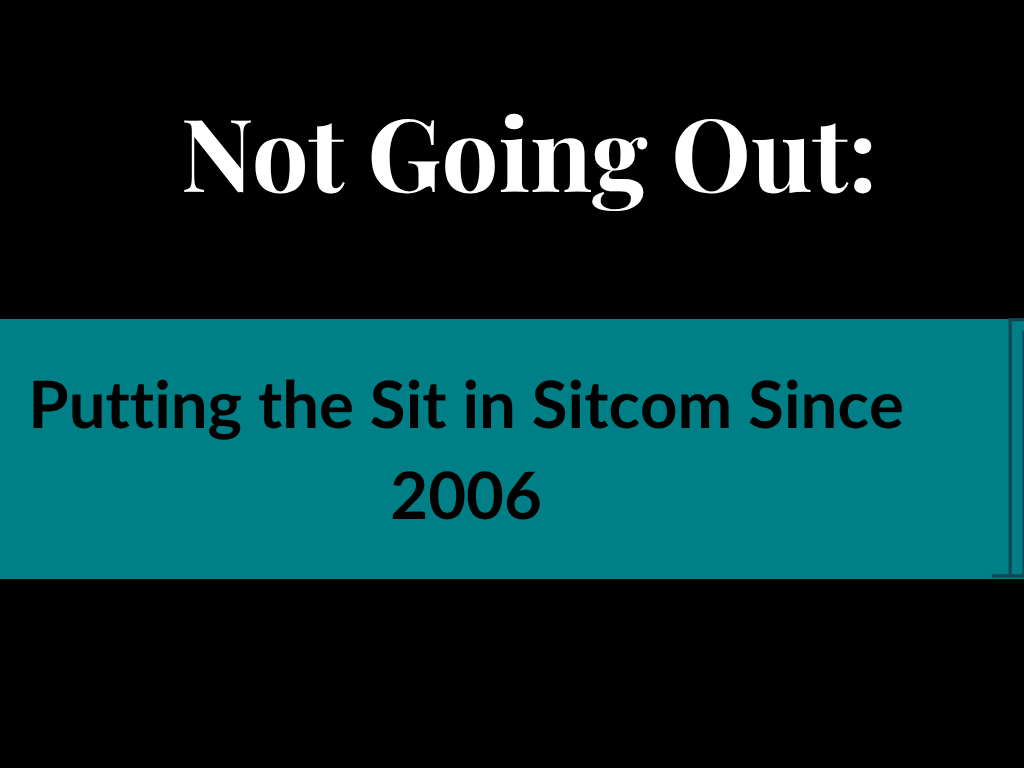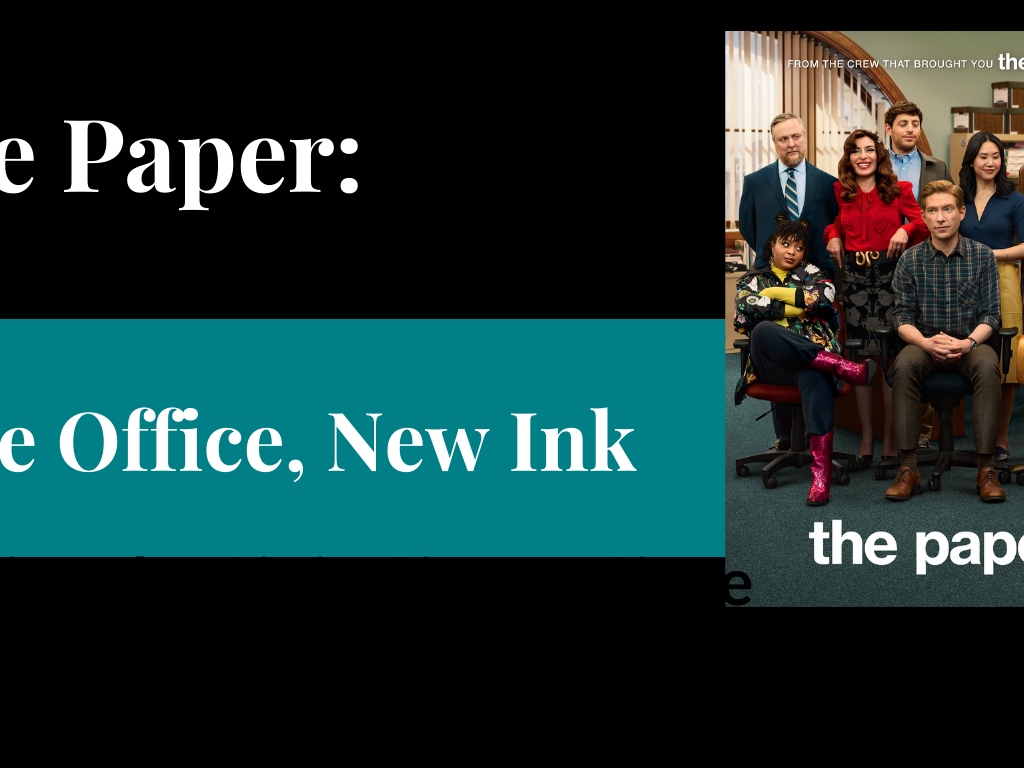Rather listen than scroll? Here is the audio.
Back to the Future: The Funniest Lesson in Structure (and Why Even the Musical Knows It)
I’ve seen Back to the Future more times than Doc Brown’s seen the inside of a flux capacitor — and I’m still not tired of it. Last week, was the 40th anniversary re-release on the big screen and another trip (yes, another) to see the Back to the Future musical, it hit me again: this isn’t just a time-travel classic, it’s a masterclass in how comedy and story structure are basically the same science.
And when I say I’ve seen the musical “again,” I mean it. I’ve seen it around 15 times now. On both sides of the Atlantic. And here’s the thing: I don’t even like musicals. The dancing, the jazz hands, the fifteen-minute finale reprises — usually not my scene. But Back to the Future: The Musical? I’m helpless. It’s that rare adaptation that proves how watertight the original is. Every scene, every gag, every bit of dialogue that’s now a lyric — it all has a purpose. There’s no excess. You could strip out the songs, and it would still stand. You could swap the actors, change the jokes, add a chorus line — it still works, because the bones are perfect.
Michael J. Fox, who’s just released a brilliant book (Future Boy) about his time on the first film, describes the shoot as chaotic, high-pressure, and running on fumes. Yet somehow, from that madness, came one of the most structurally perfect films ever written. And — say it loud — one of the funniest.
Act One: The Setup (aka the Great Planting Session)
If you ever want to teach someone screenwriting without putting them to sleep, just show them the first 20 minutes of Back to the Future. It’s all there: every major plot thread, character flaw, and running joke, set up quietly while you’re distracted by a dog bowl and some wobbly clocks.
The skateboard that shows skills that later save Marty from Biff in 1955? Introduced casually.
The family photo that becomes the ticking clock of the whole story? Set up as a gag.
George McFly’s spinelessness? Funny in the moment, devastating when repeated.
The lightning strike? Thrown in as local trivia.
The family photo that becomes the ticking clock of the whole story? Set up as a gag.
George McFly’s spinelessness? Funny in the moment, devastating when repeated.
The lightning strike? Thrown in as local trivia.
It’s all doing double duty — exposition disguised as comedy. Every time we laugh, we’re also learning something. It’s what sitcoms try to do at their best: weave plot setup through personality and farce until you don’t even notice the scaffolding.
Even the tiniest throwaway line — “If you put your mind to it, you can accomplish anything” — gets recycled later as a cathartic gut-punch. It’s pure sitcom architecture, just with plutonium.
Act Two: The Chaos (or, The Comic Middle Stretch)
Then there’s the glorious mayhem of Act Two: Marty trapped in 1955, ruining his parents’ first meeting, inventing rock and roll, and accidentally making his teenage mum fancy him.
It’s farce of the highest order — falling over, panic-fuelled, identity-confused comedy that would make Fawlty Towers proud.
It’s farce of the highest order — falling over, panic-fuelled, identity-confused comedy that would make Fawlty Towers proud.
Every problem Marty faces is one he’s accidentally created himself, and the tension isn’t “Will he survive?” but “Can he fix this colossal mess before the photograph fades?”
That’s classic comedic conflict: self-inflicted chaos with escalating consequences.
That’s classic comedic conflict: self-inflicted chaos with escalating consequences.
And throughout, the pacing is immaculate. Back to the Future moves like a great stand-up routine — setup, punchline, callback, bigger callback. It’s comedy writing 101 hidden inside a blockbuster script.
Act Three: The Payoff (Timing Is Everything)
By Act Three, you’re basically watching the greatest compilation of setups paying off one after another like dominoes.
George finally punches Biff. The clock tower delivers its literal lightning strike. The town square that Marty held to the backs of trucks in act one, escapes Biffs gang in act two, and now serves as the roads that Marty has to navigate to go back to the future. The once-pathetic dad who is scared to show anyone his work, now becomes a confident author. As an aside, I always thought well, it took him long enough to get his debut novel out at forty-seven. Now I think, well done George. Every thread gets tied up and lands emotionally.
That’s the bit comedy writers often miss — it’s not just about landing the laugh; it’s about landing the meaning. The best punchlines resolve tension and character arcs, and that’s what this finale does. The timing is precise down to the second — literally, in the case of that lightning bolt.
Even the ending, where Marty returns to 1985 and finds his whole life upgraded, feels like a sitcom reset done right. The world returns to equilibrium, but everyone’s changed. It’s the oldest structure in the book — chaos, correction, return — but the film makes it feel brand new.
Act Four: The Musical Proves the Point
When the musical opened in Manchester and later in London and on Broadway, critics said it couldn’t possibly work. It did. And here’s why: you can’t break perfect structure.
Every single scene from the film made it in because every single scene matters. The dialogue isn’t filler — it’s the spine. The songs don’t replace the story; they echo it. “It Works,” "Hello, Is Anybody Home?", “Put Your Mind to It,” “Gotta Start Somewhere” — they’re all musicalised versions of what the film’s already saying.
And this is where it gets fascinating. Even with a brand-new Marty — and I’ve seen a few now — the comedy always lands. The rhythm, the call-and-response between Marty and Doc, the physical gags… they’re built into the DNA of the script. Change the performer; you just highlight a different shade of funny.
What’s really striking, though, is the audience. Whether in London or New York, I’ve seen people react exactly the same way — cheering, gasping, full-body nostalgia. That’s not coincidence; that’s structure doing its job. Every beat lands in the same place, like clockwork. Pun absolutely intended.
The Secret Formula (That Isn’t Really Secret)
So what makes Back to the Future so endlessly satisfying — and so instructive for comedy writers? It’s that rare story that obeys the rules of structure without ever feeling like it’s following them. The beats aren’t mechanical; they’re emotional.
It’s textbook storytelling, hidden behind charm, chaos, and the best “Great Scott!” ever delivered on film.
It’s textbook storytelling, hidden behind charm, chaos, and the best “Great Scott!” ever delivered on film.
If you’re writing comedy, this is what you want:
Setups that double as jokes.
Payoffs that double as emotion.
A finale that resolves story and delivers one last laugh.
“Roads? Where we’re going, we don’t need roads.’ As the car flies off into the sunset (metaphorically).
Final Thought: The Timing of Everything
Forty years on, Back to the Future still makes people laugh, cry, and secretly wonder if their car might hit 88 mph. The musical didn’t reinvent it — it just reminded everyone how bulletproof the original is.
It’s proof that great comedy isn’t about gags; it’s about timing. Timing in the dialogue, timing in the structure, timing in when you finally let George throw that punch.
Because whether you’re writing a sitcom, a film, or a time-travelling stage musical you claim not to like, the same rule applies:
If you get the timing right… It works.
What are your thoughts? Let me know.
Thank you!










